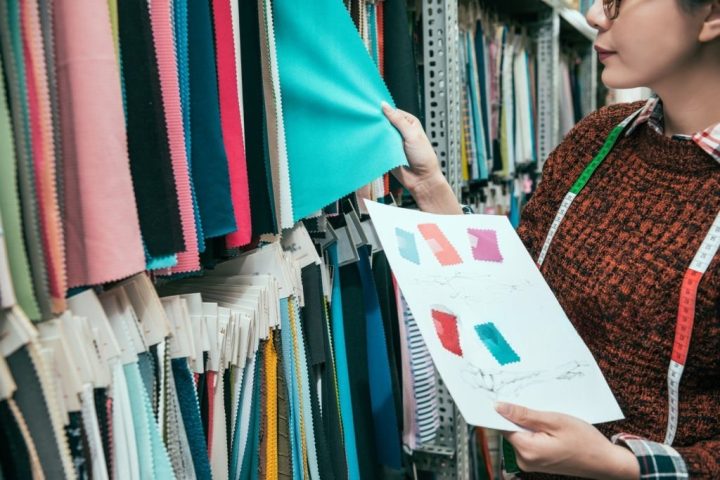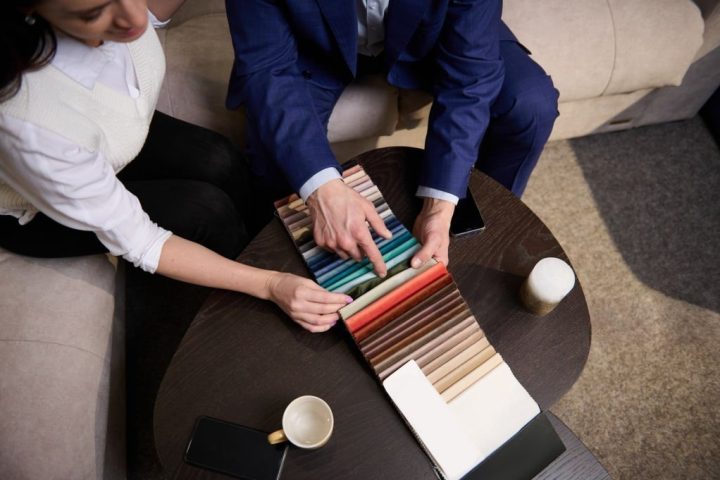Are fabric costs cutting into your profits? Do you feel stuck trying to balance quality and expenses? You are not alone. Many businesses in the textile and garment industry struggle with rising material costs while trying to keep their product standards high. If you’re sourcing fabrics for production, small mistakes can cost you thousands.
But there’s good news: you don’t need to lower quality to save money. This guide shows you how to reduce fabric expenses smartly. With the seven proven methods below, you’ll learn how to save on fabric while maintaining the look and feel your customers expect.
1. Optimize Fabric Utilization Through Smart Pattern Making
Wasted fabric is wasted money. One of the biggest reasons companies lose money is poor pattern planning. Whether you cut manually or use a machine, smart layout planning can save up to 15% of material.
- Use software for automatic pattern layout.
- Arrange pattern pieces closely to reduce gaps.
- Adjust designs slightly to fit standard widths better.
- Plan production in batches to reuse the layout efficiently.
Digital tools like CAD systems help create the best layout for your fabric width. Investing in this step pays off by reducing leftovers you can’t use.
2. Source Fabrics Locally or Regionally
Shipping fabric from overseas adds extra costs freight, customs, delays, and miscommunication. Local or regional sourcing helps you avoid these issues and gives you better control over quality.
- Fewer shipping delays.
- Reduced freight and duty costs.
- Easier communication with suppliers.
- Faster resolution if problems come up.
Build relationships with regional mills or textile suppliers. You can often negotiate lower prices when you work with nearby partners who want repeat business.
3. Leverage Deadstock and Surplus Fabrics
Deadstock fabrics are unused or leftover rolls from factories. Many of these materials are brand new, high-quality, and ready to be reused.
- Available at lower prices.
- Good for small batches or limited-edition products.
- Environmentally friendly.
Look for fabric marketplaces, clearance events, or partner with brands offloading surplus stock. But always check quality and test for colorfastness or shrinkage.
4. Implement Lean Manufacturing Principles
Lean manufacturing is all about doing more with less. It helps you reduce waste and increase efficiency, saving money across your operation including fabric use.
- Standardize cutting and handling methods.
- Track fabric usage regularly.
- Identify points of waste or overuse.
- Train staff to follow best practices.
A lean system means fewer mistakes, less waste, and more savings. It also makes your production smoother and more predictable.
5. Invest in Technology for Accurate Fabric Estimation
Guesswork leads to overordering or running short. Both cost you money. Modern tech tools make fabric estimates more accurate.
- Use digital calculators or ERP systems.
- Estimate based on actual fabric width and shrinkage.
- Adjust based on design changes.
When you estimate fabric needs correctly, you buy only what you need. It also helps with storage and cash flow, since you won’t be stuck with unused material.
6. Train Staff on Fabric Handling and Cutting Techniques
Skilled workers can save a lot of material. On the other hand, poor cutting or handling leads to fabric waste, damage, or uneven output.
- Train employees to handle fabric gently.
- Teach proper folding and storage.
- Practice efficient cutting techniques.
- Set up quality checks after cutting.
A well-trained team works smarter and avoids small mistakes that add up over time. This improves both cost and quality.
7. Negotiate Favorable Terms with Suppliers
Many businesses accept supplier terms as-is, but this can cost you. A strong supplier relationship can open the door to better deals.
- Ask for volume discounts.
- Negotiate payment terms to match your cash flow.
- Request lower prices for regular orders.
- Build trust for priority support.
Clear, honest communication helps both sides. Suppliers want reliable partners too; your business matters to them.
Final Thoughts
Cutting fabric costs without hurting quality is not only possible it’s essential for long-term success in today’s competitive market. Whether you’re a small brand or a large-scale manufacturer, every decision you make during sourcing, production, and design impacts your bottom line. By applying the seven strategies shared in this article, you can reduce waste, negotiate smarter, and use your resources more effectively all while maintaining the high standards your customers expect.
Working with trusted partners like Vigour Impex can also make a big difference. They specialize in quality textile sourcing and home textiles, helping businesses find the right fabrics at better prices without compromising on quality. Start small, stay consistent, and track your savings. The goal isn’t just to spend less it’s to spend smarter.
FAQs
Q1: Will buying deadstock fabric hurt my product brand?
Not if you test quality and make sure the look matches your brand. Many designers use deadstock for eco-conscious lines or limited editions.
Q2: How much can I really save with better pattern making?
With optimized layouts, some brands report up to 10-15% savings on fabric use.
Q3: What’s the risk of buying locally if prices are higher?
You may pay slightly more per yard, but save in shipping, delays, and reduced miscommunication.
Q4: Is software necessary for small businesses?
Even small brands can benefit from basic fabric calculators or layout apps. There are free and low-cost tools that help save money.
Q5: What if suppliers don’t want to negotiate?
Keep a friendly tone, build the relationship, and ask again over time. If not, compare offers from other vendors and consider switching.







